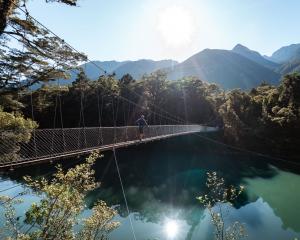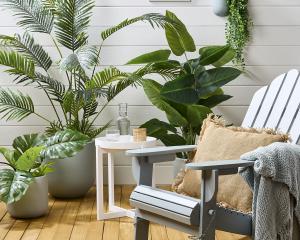
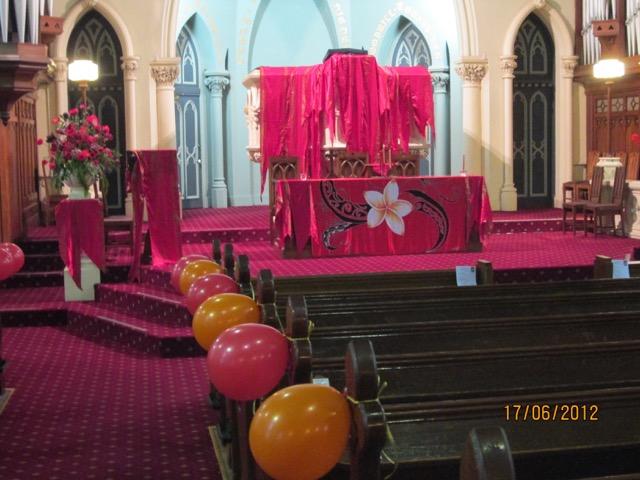
You are invited to come and see for yourself what has changed this Saturday, October 13 from 1 pm to 3.30 pm.
We will be offering free guided tours of the church, and you are welcome to share a cup of tea with a friend!
And while you are there pick up some plants for your garden, and see the display of handcrafts and more at our "This-n-That" stall.
Here is a quick timeline from the beginning of First Church's history to the current day:
1848 March 23 and April
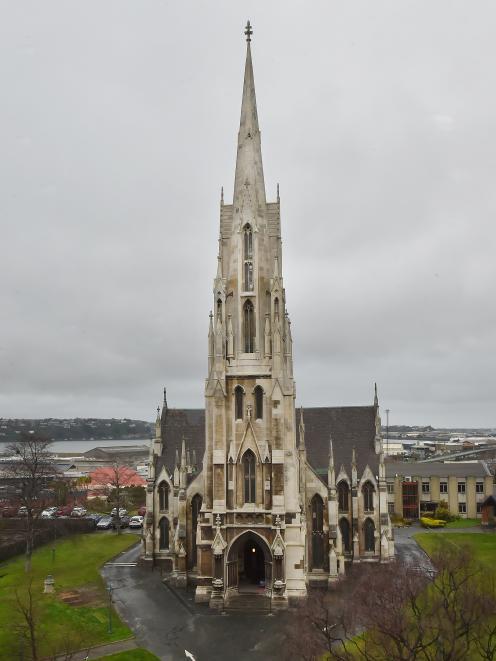
The first setters arrived from Scotland
Their first building was the school - Assembled on beach fore-shaw on lower High Street. Used as a school during the week and church on Sunday.
1851 Building extended in stone, to accommodate 400 members. Weekly offering averaged one pound ten shillings ($3). A 3 cwt bell arrived from friends in Scotland and erected on “Church Hill” to mark mid-day, call children to school and worshippers to church services. Erected on the ridge top which then became known as “Bell Hill”. This bell, now cracked, is mounted on a concrete pad at the front of the church.
1861 Plans for a new church set aside while council resolved to lower the height of the volcanic ridge by 30 feet. The rock and soil was used to reclaim 92 acres of land from the harbour.
1864 First Church congregation moved into a temporary wooden building which later became a boot factory.
1865 Original Church/school destroyed by fire
1868 May 29th: The Foundation Stone of the new Church was laid by Dr Burns.
1873 Nov. 23: The Present First Church formally opened with seating for 1,000 (no cushions). Construction cost 14,000 pounds ($1,296,952.99) in today’s coinage. The architect was Robert Lawson and the builders D & J Hunter.
1879 Gallery added to provide additional seating.
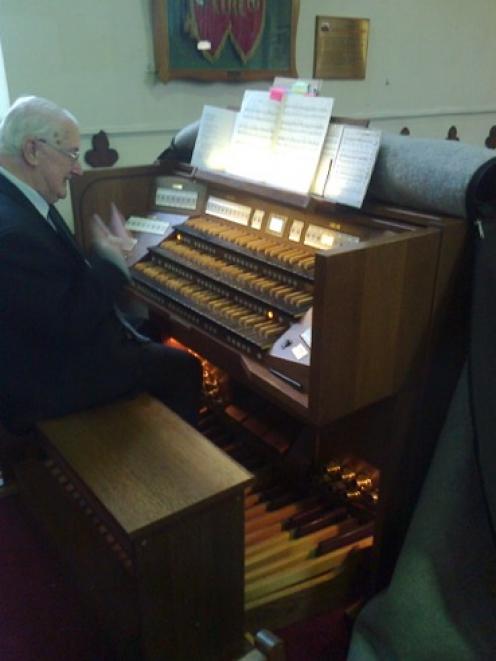
1903 - 1906 New electric Pipe organ (electric powered) chosen and installation began.
1908 Pipe organ installed. Gas lighting now replaced by electric lighting using the old fittings.
1920 Royal Colours (George V) of the 1st & 3rd Bat. of the Otago Regiment laid up in the Church.
1922 Order placed for War Memorial Window with Heaton Butley and Bayne of London. Total cost 1,500 pounds ($120,000) (This window captures the attention of every visitor to by tourists from all over the world.) First Church and is frequently photographed.
1926 First heating in the Church! First Evening Worship Service Broadcast from the Church.
1936 Additional tubular heating installed.
1945 Exterior Floodlighting installed.
1966 The minister, The Rev Lloyd Gammon, and congregation of the Moray Place Congregational Church, walked from their building to join the congregation of First Church and provide a remarkable and unique alloy of Scottish, English, Samoan and Cook Island traditions, customs and strengths to First Church. Mr Gammon continued to serve as a minister of the congregation and his service is commemorated by a unique wall plate within the Church.
1973 A peal of 12 bells made by Whitechapel Bells Foundry in London was presented to the Church by Mr Harold Richmond. Rung every Sunday and on special occasions.
2016 Work begins on major earthquake proofing and restoration work, including on the church spire.

The Large tapestry that hangs on the wall of the Church to the right of the sanctuary is the work of a team of women who met weekly over a period of years to stitch a memorial to Dr Thomas Burns. This rich tribute includes stylistic representations of the churches that Dr Burns served in Edinburgh. The mid section represents the small ships bringing the new settlers and the right hand end refers to the new Church with the small houses on the hills of Dunedin.
Also commemorated in the church are:
The Rev Alexander Don who ministered to the Chinese settlers in Otago and walked thousands of miles to visit his flock.
The Rev Rutherford Waddell, Minister of St Andrew’s Church, New Zealand’s first aggressive social reformer who engaged vigorously to ensure social justice for female workers. With the closure of St Andrew’s Congregation the remaining members joined First Church.
The Rev. William Bannerman was the third Presbyterian Minister to Otago and served in the southern area of Otago. He married the daughter of the Rev Dr Burns and his wife.




